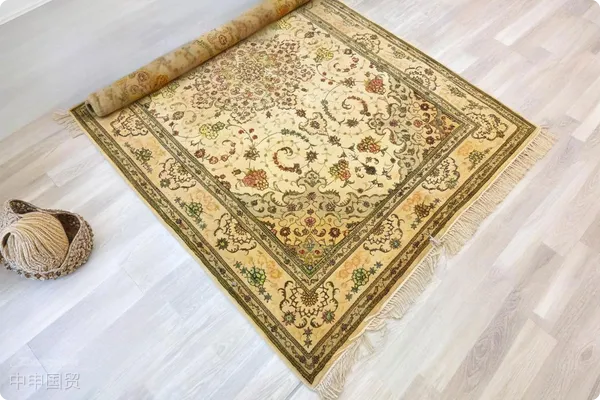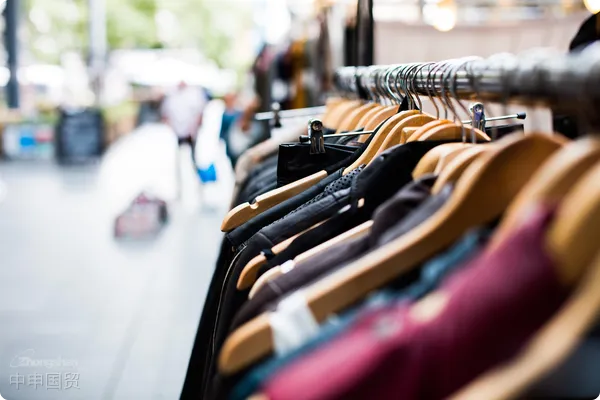- Shanghai Zhongshen International Trade Co., Ltd. - Two decades of trade agency expertise.
- Service Hotline: 139 1787 2118
Want to make a big splash in the used clothing export industry? Don’t rush! This seemingly simple industry is actually full of complexities. This article reveals all aspects of used clothing export, helping you navigate international trade with ease and avoid potential risks!
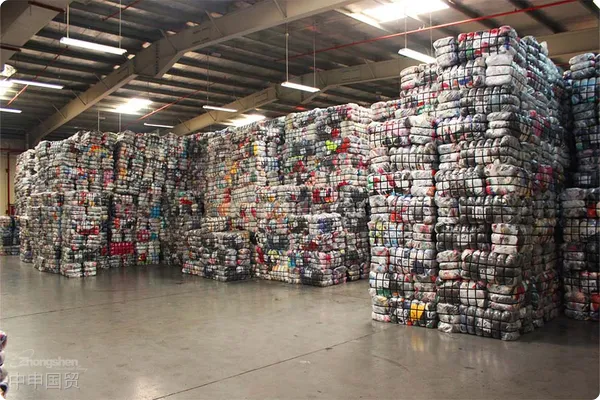
The export of used clothing involves a series of complex and strict requirements, covering classification, legal restrictions, export procedures, quality standards, and destination country-specific regulations. Below is a detailed explanation of each key step to ensure legality and compliance during the export process.
I. Classification and Regulations
(1) HS Code:
Used clothing in international trade should be classified under HS Code 6309000000, which is specifically designated for second-hand garments and textiles. This classification not only facilitates accurate tariff calculation but also ensures no customs clearance delays or penalties due to incorrect commodity codes. Additionally, different countries may have special regulations for specific HS codes, so enterprises must verify the correct code to comply with the import requirements of the destination country.
(2) Import Prohibition Regulations:
China strictly prohibits the import of used clothing, categorizing it as solid waste. Therefore, enterprises exporting used clothing must confirm whether the destination country permits such imports to avoid violating any relevant laws. If the target market prohibits second-hand clothing imports, businesses must adjust their market strategy or seek alternative markets.
(3) Export Legality:
When preparing used clothing for export, exporters must thoroughly research and ensure compliance with all laws and regulations of both the exporting and destination countries. This includes, but is not limited to, export permits, accurate cargo manifests, and environmental compliance. Legal compliance is essential not only to avoid fines and disputes but also to maintain a positive reputation in international markets.
Required Documents for Export
(1) VOC認(rèn)證:
For exports to African countries, enterprises typically need to provide a Verification of Conformity (VOC) certificate, which serves as critical proof that the goods meet the destination countrys standards. Issued by designated certification bodies, this certificate confirms that the exported used clothing complies with environmental, safety, and other requirements. Without it, goods may be denied entry by customs.
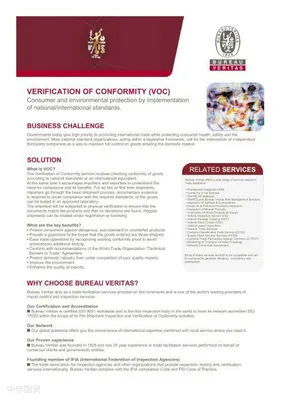
(2) COC證書:
For exports to Middle Eastern countries (e.g., Saudi Arabia), used clothing usually requires a Certificate of Conformity (COC). The COC is issued by third-party inspection companies after verifying that the goods meet all the destination countrys regulations and standards. This certificate is key to market entry in these regions.
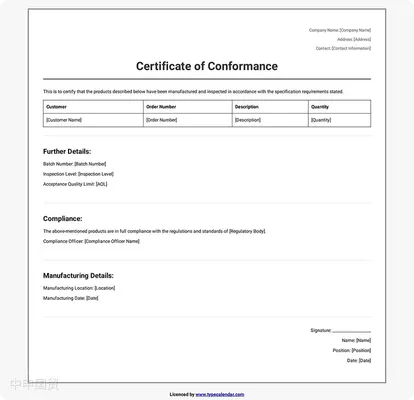
(3) Fumigation Certificate and Health Certificate:
Although second-hand clothing typically does not require fumigation, enterprises may need to provide health declarations and fumigation certificates to obtain VOC or COC certification. These documents prove that the goods have undergone appropriate treatment to eliminate potential health risks, ensuring they pose no public health concerns upon arrival.
Inspection Content
(1) Weight Verification:
During export, weight verification is a critical step to ensure declared weights match actual cargo weights. This not only complies with customs regulations but also prevents omissions or unauthorized additions during transit. Weight checks help maintain cargo integrity and legality.
(2) Concealment Inspection:
When exporting used clothing, it is essential to prevent concealed illegal items. Customs typically conduct strict inspections to ensure no undeclared goods are hidden. Such violations, if detected, may lead to severe legal consequences, including cargo seizure or fines.
(3) IPR Review:
During export, enterprises must ensure the cargo contains no infringing items, such as counterfeit branded clothing or unauthorized trademark use. If such items enter the market, they may result in legal action and reputational damage. Businesses should conduct thorough pre-export inspections to eliminate any infringing goods.
(4) Declaration Accuracy:
Cargo declarations must precisely match the actual goods. Mixing undeclared items violates customs regulations and may lead to cargo rejection or legal penalties. Accurate declarations are vital for smooth export processes.
Non-compliance Cases
Non-compliance Penalties:When exporting used clothing, enterprises face various risks, such as undeclared sanitary inspections, concealed items, or IPR violations. If detected, these may result in severe penalties, including heavy fines, cargo seizure, or even export license revocation. Businesses must strictly adhere to regulations to avoid significant losses.
Export Process and Procedures
(1) Contract Signing:
When transacting with buyers, enterprises must clearly define contract terms, including delivery location, payment method, quality standards, and delivery date. Clear terms help prevent future disputes due to ambiguity or misinterpretation.
(2) ApplicationLetter of Credit:
For high-value transactions, enterprises may need to apply for a Letter of Credit (L/C). An L/C is a bank-guaranteed payment method that ensures exporters receive payment upon delivering goods. It is widely used in international trade, especially for new clients or high-risk markets.
(3) Customs Declaration and Inspection:
The exporter needs to prepare and submit accurate customs declaration documents, including detailed descriptions of the goods, quantity, value,It is recommended to verify through the following methods:and certificates. For specific countries, additional quarantine or environmental certificates may be required. The accuracy of customs declaration and inspection is crucial, as any errors may lead to goods being detained or delayed.
(4) Tariffs and Value-Added Tax (VAT):
During the export process, enterprises must understand and prepare to pay relevant tariffs and VAT. These taxes may vary depending on the regulations of the destination country. Exporters should research and calculate these costs in advance to avoid goods being held or additional financial losses due to tax issues.
(5) Destination Country Regulations:
Exporters must thoroughly research the import regulations of the destination country, especially restrictions on used clothing imports, disinfection requirements, and environmental standards. Different countries may have different regulations, and enterprises must ensure all export operations comply with these requirements to smoothly enter the target market.
Quality and Classification
(1) A, B, C Classification:
Used clothing is typically classified into three categories (A, B, C) based on condition and quality. Category A represents the highest quality with minimal wear, usually in the highest demand; Category B has slight wear and is suitable for mid-range markets; Category C is of poorer quality, often donated or sold at low prices. This classification helps enterprises formulate pricing and sales strategies based on market demand.
(2) Cleaning and Disinfection:
Exported used clothing must undergo strict cleaning and disinfection, especially for high-quality Category A products. This is not only to comply with the hygiene standards of importing countries but also to ensure product competitiveness in the market. The cleaning and disinfection process usually requires professional agencies to ensure compliance with international hygiene standards.
Market and Logistics
(1) Market Positioning:
Africa is one of the main export markets for used clothing. Before exporting, enterprises must deeply understand local demand and preferences. For example, certain colors, styles, or materials may be more popular in specific markets. In-depth market research helps enterprises prepare targeted products to enhance market acceptance.
(2) Logistics Arrangement:
When arranging logistics, enterprises must ensure packaging meets international shipping standards, especially for long-distance transport. Proper packaging and labeling help protect goods and avoid damage during transit. Logistics arrangements also include selecting suitable transportation methods (such asMaritime Transportation,Air Transportation) and ensuring appropriate temperature and humidity conditions during transit to maintain product quality.
Conclusion
The export of used clothing is a complex and highly cautious process involving classification, regulatory compliance, document preparation, quality management, and more. During export, enterprises must strictly adhere to all regulations and standards to ensure all procedures are legal and compliant, avoiding legal risks and financial losses. By collaborating with professionalExport Representationand logistics companies, enterprises can effectively manage these complexities and successfully export products to global markets.
. For more relevant information and content, welcome to followShocking! The Hidden Traps in Used Clothing Exports!.ZhongShen International TradeThe export of mechanical equipment is an important way for enterprises to expand overseas markets, but its process is complex and involves multiple links. This article will deeply explore the key processes of mechanical equipment export and the important role of export agents in it, aiming to provide enterprises with a detailed export agency guide to help enterprises expand overseas markets efficiently and compliantly. This article will also pay special attention to the precautions during the export process to ensure that enterprises avoid risks and successfully complete the export business.import and exportAgent service providers can offer customized import and export solutions for various industries. If you needforeign tradeFor import and export agency services, please feel free to contact our company for business inquiries. The consultation hotline is 139 - 1787 - 2118.
Related Recommendations
? 2025. All Rights Reserved. 滬ICP備2023007705號-2  PSB Record: Shanghai No.31011502009912
PSB Record: Shanghai No.31011502009912
